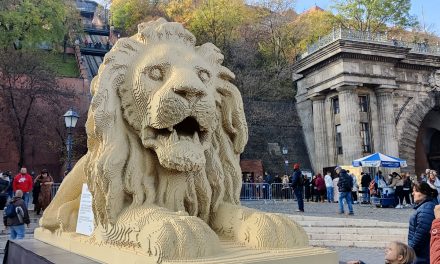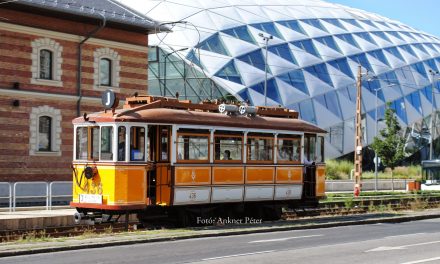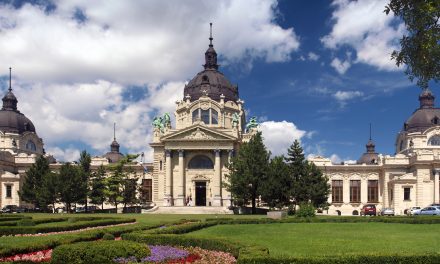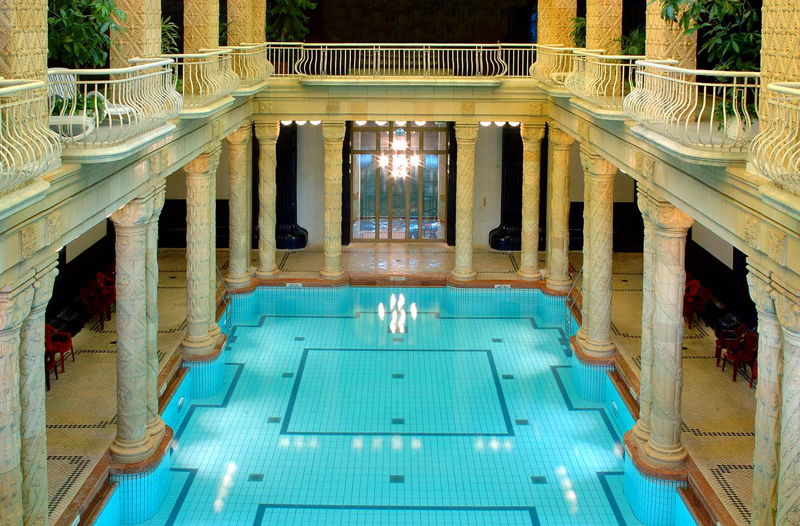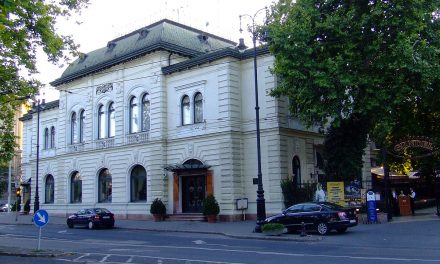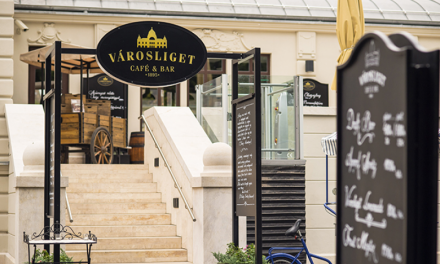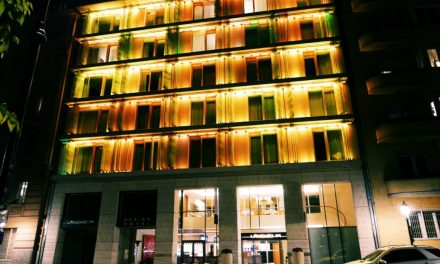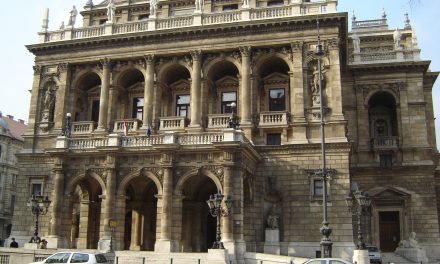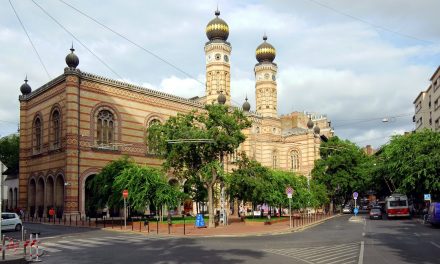In the 19th century rapid development began on the Pest side of the Danube with an imposing row of palaces and a pedestrian mall, while the Buda side retained its rural 18th century appearance with single-floor buildings.
At the beginning of the 1870’s the idea of creating a representative building complex and an ornamental garden at the base of Várhegy was born. Miklós Ybl, who was a well-known and celebrated architect by that time, was charged with the task of creating the final plans. The Castle Garden Bazaar was constructed from 1875 to 1883 in neo-renaissance style based on the plans of Miklós Ybl. The building complex is one of the most beautiful creations of the Hungarian romantic style; ever since its opening in 1883 it has always been regarded as an undisputed masterpiece with its beauty and balanced proportions.
The one-time stores were later also used as studios; Alajos Stróbl, the creator of the Mátyás fountain in Buda Castle and of the statue of János Arany found in front of the National Museum worked here from 1884.

